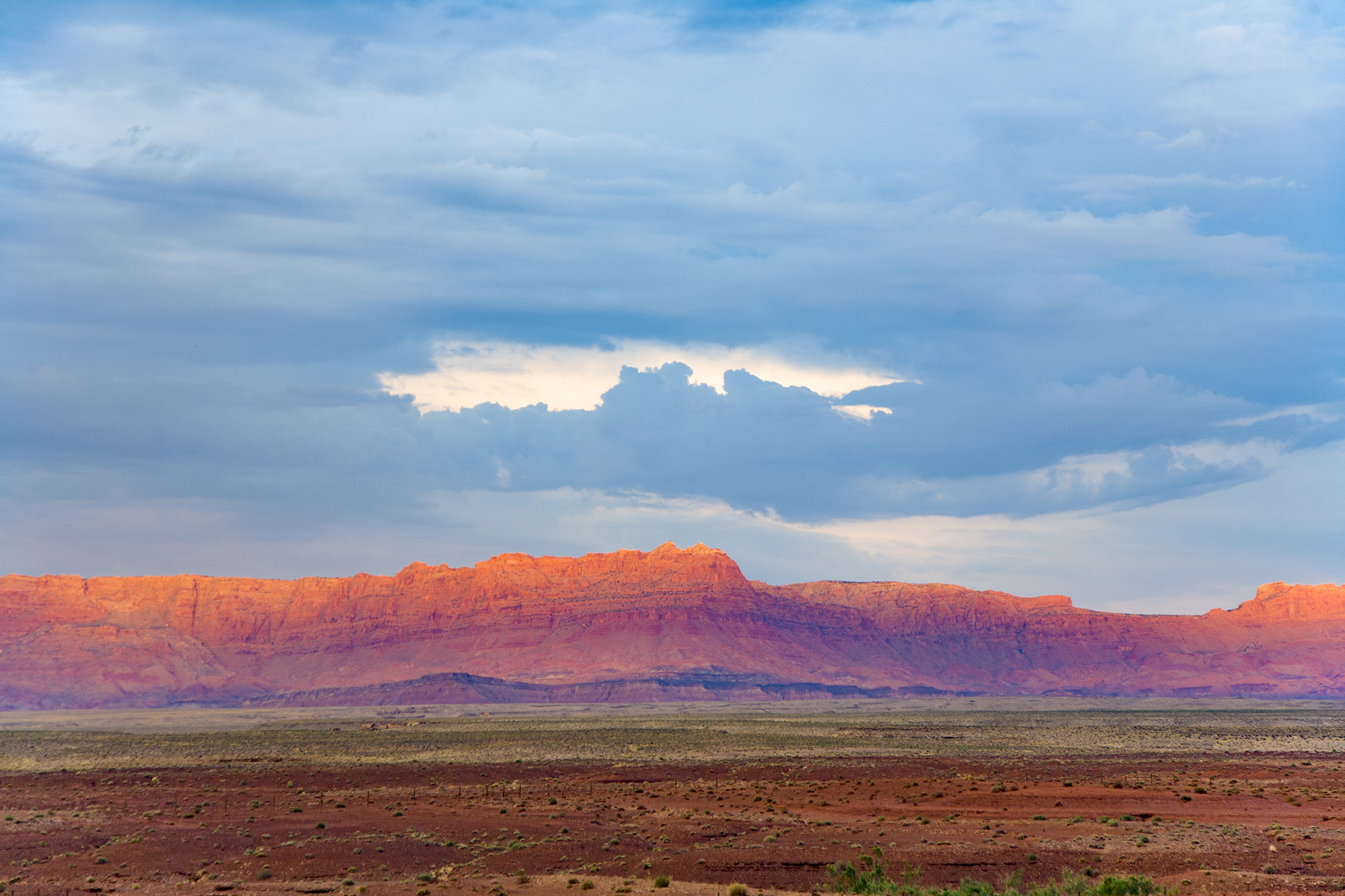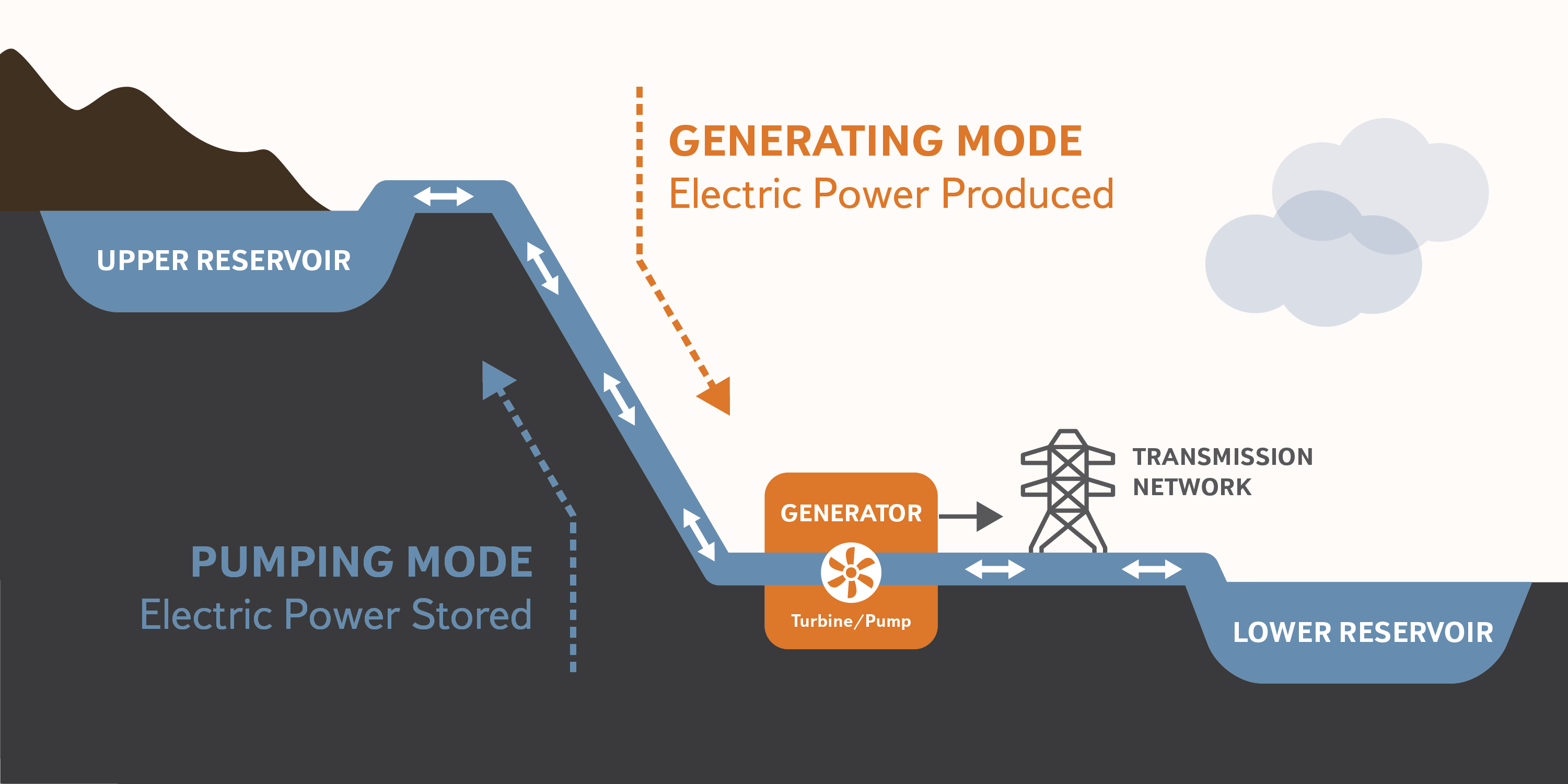Reliable energy storage for future generations
For 40 years, the 2,250-megawatt Navajo Generating Station produced electricity 24 hours a day, seven days a week until 2019, when it was decommissioned. As the U.S. phases out fossil fuels, we need new ways to store and generate electricity.
Pumped storage hydropower systems act as a gravity-fed water battery, storing excess renewable power in a high-elevation reservoir and delivering that power to the grid when it’s needed most. The proven technology is the most common form of energy storage in the U.S., representing the vast majority of all utility-scale storage, according to the US Department of Energy.
Project Overview

In 2023 at the invitation of the Navajo Nation, Rye Development, began completing feasibility studies for the two projects known as Western Navajo 1 and Western Navajo 2 pumped storage projects. This is the first step in a 4-to-5-year development process.
During the feasibility study phase, Rye Development is meeting with area Chapters and residents to share information, answer questions, and gather valuable input.
Both projects would:
Store electricity for about 8 hours daily
Have a generating capacity of 396 megawatts
Provide enough electricity to power 125,000 homes*
Preserve agricultural, municipal and commercial water uses
*Each project will have a generating capacity of 396 MW - or enough electricity to power about 125,000 homes, according to data from the U.S. Energy Information Administration.
How It Works
Pumped storage facilities rely on gravity to produce energy. The system moves water between a lower reservoir and an upper reservoir. When renewable energy from wind and solar power is plentiful, this excess energy is used to pump water from the lower reservoir to the upper reservoir. Then, when demand for power is high, water is released from the upper reservoir and used to turn hydroelectric turbines to generate on-demand renewable electricity.
The system is filled with water once, and then re-uses that water, over and over. It repeats the cycle, continually storing and dispatching renewable energy.

Project Timeline
-
Feb. 2023
Navajo Nation invites Rye Development to study two pumped storage sites in the western Navajo Nation.
-
March 2024
Navajo Nation issues Rye a permit to study the potential impacts of the projects.
-
Q2-Q3 2024
Conduct feasibility studies; meet with local Navajo Nation chapters and elected officials.
